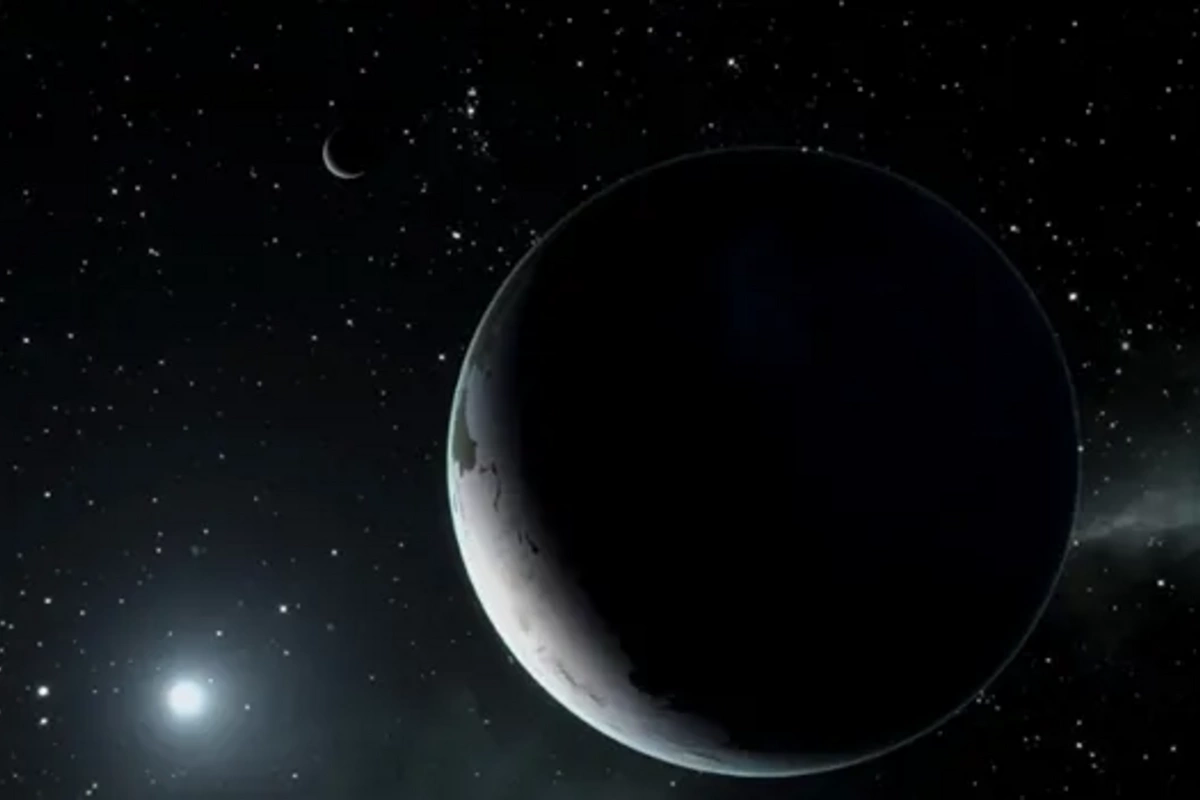An exoplanet nine times heavier than Earth has been discovered

An international team of astronomers has made an impressive discovery - a new exoplanet orbiting a star at a distance of 315 light-years from our planet. The giant cosmic object, named TOI-3493 b, is three times larger than Earth in size and nine times greater in mass. Scientists suggest that inside this celestial body there might be either a core of silicates and water or a massive rocky core. The research results have been published on the scientific portal arXiv.
Exoplanets are planets located outside the Solar System. To date, spacecraft have registered more than 7,500 potential exoplanets, of which 620 have been officially confirmed. The search for such objects is carried out by observing changes in the brightness of stars: a temporary dimming may indicate a planet passing in front of a star.
Recently, using NASA's Transiting Exoplanet Survey Satellite (TESS), scientists detected a characteristic signal from the star TOI-3493 (HD 119355), located 315 light-years from Earth. Researchers noticed periodic flickering of the star and, with the help of ground-based telescopes, confirmed that an exoplanet was the cause of this phenomenon.
The discovered cosmic body - exoplanet TOI-3493 b - has a radius 3.2 times larger than Earth's and a mass exceeding Earth's by almost nine times. The planet completes a full orbit around its star in eight days, and the temperature on its surface reaches an impressive 800°C.
TOI-3493 b belongs to the category of sub-Neptune planets, occupying an intermediate position between Earth and Neptune in size. The planet's density is only 1.47 grams per cubic centimeter. Scientists hypothesize that TOI-3493 b is rich in water, and in its depths may hide either a large core of silicates and water with a thin hydrogen envelope, or a dense rocky core surrounded by a thicker envelope. In the future, researchers plan to continue studying this mysterious exoplanet using spectroscopy.
Similar News
Protests in Iran: additional security forces deployed to Tabriz, Ardabil and Zanjan
Against the backdrop of ongoing mass protests in Iran, additional security forces and military units have been deployed to Tabriz, Ardabil, and Zanjan. This is...




 Azərbaycanca
Azərbaycanca  По-русски
По-русски  English
English 





